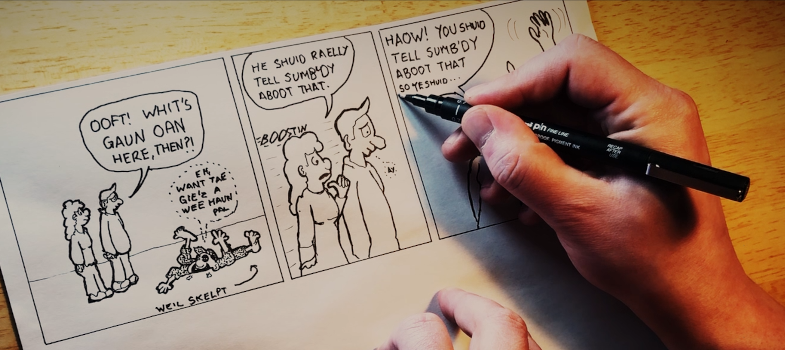Attachments
For this activity, I worked with Amal Mukhairez in Gaza and Jamie Fairbairn here in Scotland. Together, we facilitated a cross-cultural letter exchange between our students. The Palestinian pupils wrote powerful letters about their lived experiences, while our Scottish learners, supported through Jamie’s Scots language classes, responded in Scots or Doric, their native tongue. The project aimed to increase understanding of diverse lived experiences, foster empathy, build linguistic pride, and deepen solidarity between young people living under very different, yet equally complex, circumstances. The letters stood out for their authenticity, seriousness, and relevance. The honest and moving stories from the Gaza students had a strong impact on our pupils. They began to see Scots differently. Instead of just a language for humour or informal conversation, it became a way to show compassion, resilience, and moral strength. One memorable moment was when Phoebe, a Banff pupil, wrote a personal note to Hanan. Phoebe realized they both shared an interest in Korean language and culture. This unexpected connection captured the heart of the project: finding shared humanity through language. If I were to repeat this activity, I would better prepare students for using Scots in such emotionally charged contexts. Providing examples of Scots used in poetry or testimony to express empathy, loss, or hope would help them use the language with greater confidence and nuance. This project brought together several languages: Arabic, English, Scots (Doric), and even Korean. The mix of voices and perspectives made the experience especially rich. Next, our students will send digital scans of their letters and responses to the War Childhood Museum in Sarajevo. I plan to keep using Scots in international projects with students from marginalized and oppressed backgrounds. I have attached the letters below.
